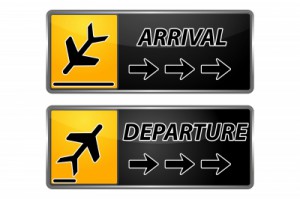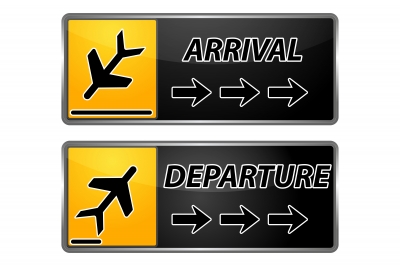 The United States has found the Ninoy Aquino International Airport (NAIA) in Manila compliant with standards set by the International Civil Aviation Organization, an initial step toward a possible upgrade of the Philippine aviation industry from Category II back to Category I.
The United States has found the Ninoy Aquino International Airport (NAIA) in Manila compliant with standards set by the International Civil Aviation Organization, an initial step toward a possible upgrade of the Philippine aviation industry from Category II back to Category I.
The US Transportation Security Administration (TSA) has already conveyed the result of its annual security assessment (ASA), conducted on November 14 -19, to Transportation and Communications Secretary Manuel Roxas II.
“Despite a few specific instances where the TSA found need for improvement, the Philippines was found to be in general satisfactory condition by the TSA,” Roxas said in a statement.
“The favorable result of TSA’s inspection shows that our initial efforts to make improvement in our airport security have been successful. We are further committed to sustaining these improvements to bring benefits to our local and international passengers and tourists.”
Among programs undertaken by the Philippine Department of Transportation and Communications (DOTC) since last year’s ASA were deployment of more airport personnel; installation of 13 new perimeter lights; better posting of guards; cutting of trees over a two-meter clear zone that eliminates security risk along the perimeter; and additional protection of iron grills on the drainage.
In response to areas cited by TSA as needing improvement at NAIA, DOTC approved the purchase by the Manila International Airport Authority of additional CCTV cameras for installation in critical areas along with the purchase of additional mobile patrol vehicles.
The 2011 ASA inspection was conducted by a five-man team. It covered airport ID processing and access controls, airport security program, quality control program, airport contingency and emergency plans, cargo security, perimeter and terminal access control systems, passenger, and cabin baggage screening system.
The review included carriers Delta Airlines, Hawaiian Airlines, Continental Airlines, Fly Guam Airlines, and Philippine Airlines, all of which fly to the US.
US federal legislation requires that the TSA conduct an ASA on all airports that have a “last point of departure” to the USA. The same legislation mandates that all US and foreign carriers that have routes to, from and over US territory go through an air carrier assessment.
Earlier, the Federal Aviation Administration (FAA) rescheduled a preliminary review of the Philippine’s aviation industry from December 2011 to January 2012 due to lack of personnel brought about by holiday season.
The Civil Aviation Authority of the Philippines (CAAP) invited the FAA to conduct the review more than two years after streamlining operations, including upgrading and improving scores of “significant safety concerns” that a European Union delegation also found during a visit to the country in 2009. As a result of the latter, the EU blacklisted almost all carriers from the Philippines to mount flights directly to EU ports.
CAAP has high hopes of obtaining a rating upgrade that would allow Philippine carriers to expand their operations to the US.
In 2008, the US FAA downgraded the country’s aviation industry to Category II after a safety audit revealed several concerns.
After the FAA, the EU will conduct its own review and assessment of improvements made by the country, involving regulations, issuance of licenses, and streamlining of personnel.
Download Arrival And Departure by digitalart http://www.freedigitalphotos.net/images/view_photog.php?photogid=2280





